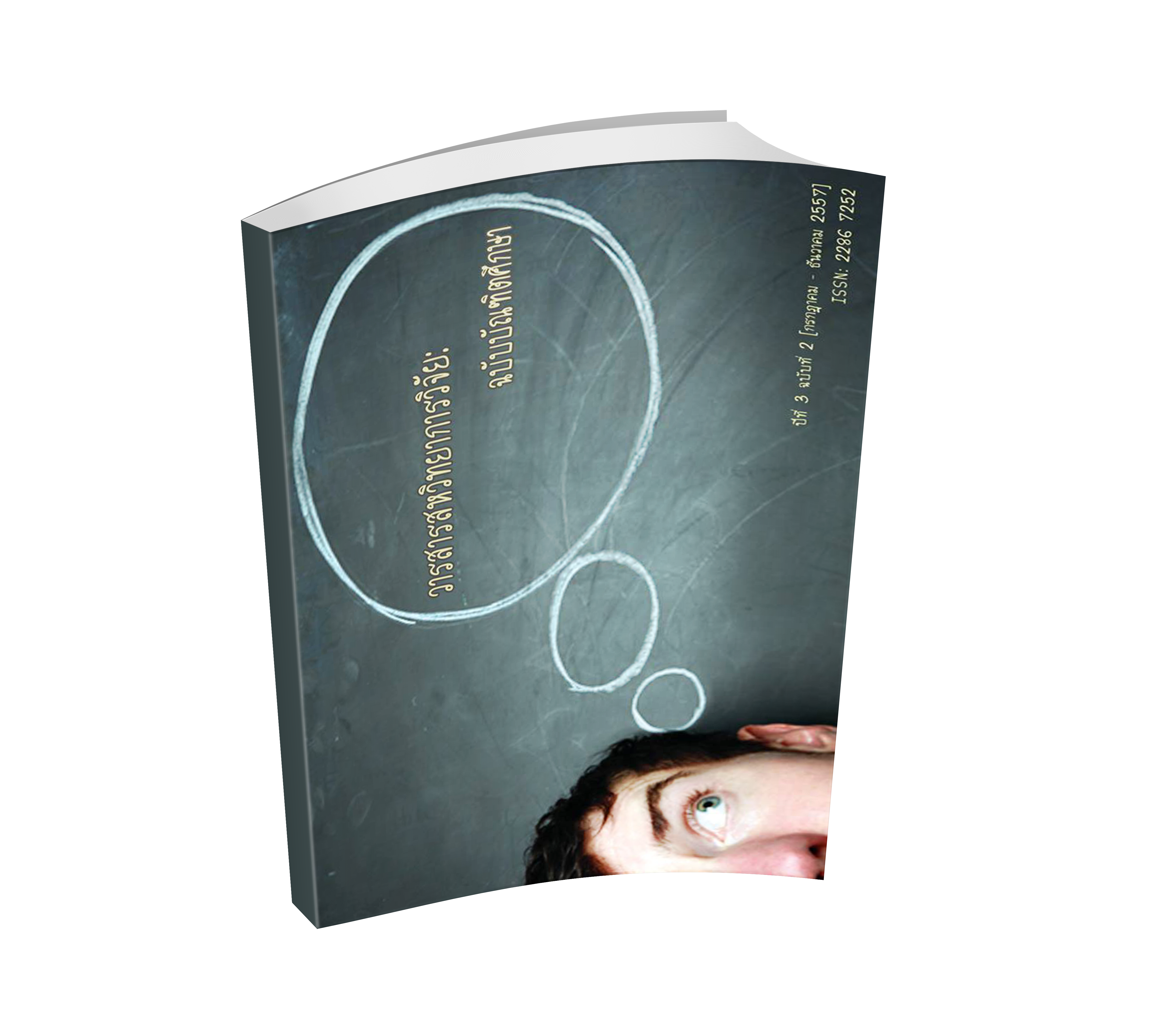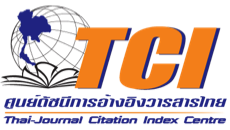Success Factors and the Effects on Transportation and Logistics in Thailand from the Dawei Deep Seaport and Industrial Zone Development Project
Keywords:
Dawei Deep Seaport and Industrial ZoneAbstract
The objective of this research work is to examine the success factors and the effects on transportation and logistics in Thailand from the Dawei Deep Seaport and Industrial Estate Development Project in Myanmar, which is a mega project of the region of Southeast Asia, and is carried out with the collaboration between Thai and Burmese Governments. The governments of the two countries have signed the MOU to join hands with each other in order to drive this project towards the success. To study on the success factors for this project, the focus group interview method is applied. The focus group composed of those related to the project, including top level officials from government agencies responsible on transport and logistics policy, namely, the Office of the National Economic and Social Development Board, the Office of Transport and Traffic Policy and Planning and the Habour Department. Also included are executives of export manufacturers and the logistics service providers. The total number of a sample is 23. As for the study on the effects that the project has on transportation and logistics in Thailand, it includes two methodologies. The first methodology is to set out the model to calculate the cost of the transportation and logistics in the old route before the project is initiated- from Laem Chabang Seaport to Chennai Sea Port in India, through Singapore’s Seaport, to be compared with the cost of the transportation and logistics in the new route from the project- the land transportation to Dawei Seaport, through Thai border in Kanchanaburi Province, and the sea transport from Dawei Seaport to Chennai Seaport in India. The model utilized the Activity-Based Costing (ABC) method whereby the logistics costs are calculated on the bases of all activities that take place from the beginning to the end of the transportation and logistics. The calculation for the old route is based on the actual costs whilst the calculation for the new route is based on the costs of all the services at Yangon Seaport, Myanmar. This will lead to the realization whether the new route can reduce costs or not. The second way to study on the effects is to have the focus group interview with all the stakeholders that are related to the project, which have been mentioned before. The study on the success factors of the project leads to the findings that the attendants to the focus group interview deem that the foreign investors’ interest in investing in the industrial zone in the project is the most important success factor. This is because foreign investors have potentials and reliability, so they can attract other investors to the project. As for the aspect of the democracy, the polity, the credibility of the financial and treasury systems, and the amendment of laws and regulations in order to facilitate the foreign investors’ investment, are also deemed to be highly important factors that lead to the success of the project. As for the use of the cost calculating model for analyzing the effects that the project has on transportation and logistics in Thailand, it leads to the findings that the transportation and logistics via the current route (without the project) is cheaper than the new route (with the project). However, since the new route is shorter thus, it can be a useful alternative for those who want faster transportation. In addition, if the Dawei Development Project finishes, the competitiveness in trade will rise and the management of the transportation of empty containers will be more effective; hence, the transportation ad logistics costs will decrease. The focus group interview with all the related stakeholders as already stated, leads to the findings that most of the attendants to the interview deem that the current route is more useful to the new one in terms of costs, convenience, safety and credibility because many of them believe that the service providers in the current route comply with acceptable standards and have efficiency in management, and that there are many liners to serve customers. Since the logistics mainly relies on maritime shipping, which is cheaper than other types of logistics, the cost of the current route is cheaper than the cost of the new route. However, there is also a suggestion. That is, since the Dawei Project can decrease the time spent on the delivery of Thai products to the western side of the religion because there is no more need to pass through the Strait of Malacca which is a crowded traffic route, Thai government should collaborate with Burmese government in order that the project can be accomplished as planned. Most importantly, there should be the development of land transportation from Bangkok to the project through the frontier in Kanchanaburi Province as projected in the supporting plan. This will eventually benefit the transportation and logistics in Thailand.
Downloads










.png)


